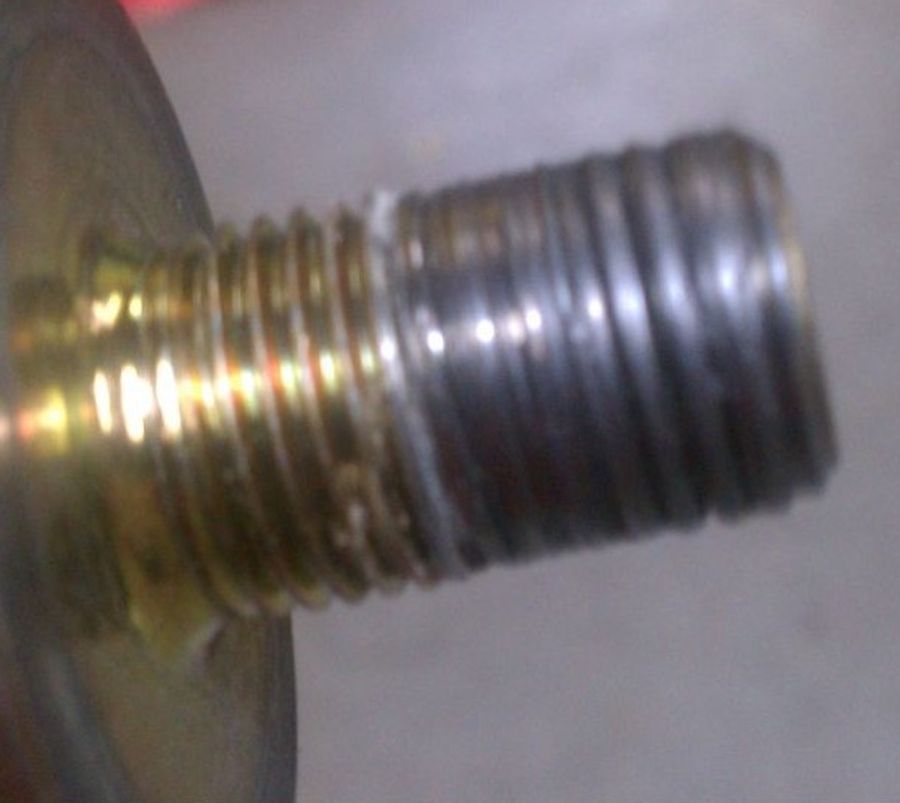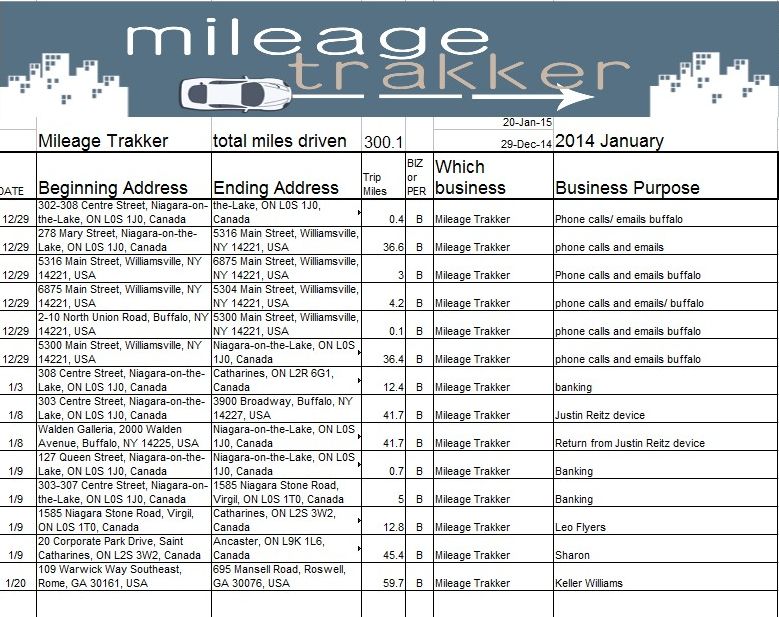The VHS verses Beta cassette tape war is the classic example of a format war. Consumers who purchased a video tape player desired to purchase every future tape in the same format. Once they had a collection of tapes, even wearing out a tape player was not going to get them to change. The furniture industry jumped onto the bandwagon making shelving units to house our collections of tapes. This war raged on without a winner or loser until the DVD splashed onto the scene.. In the near future high speed internet and streaming video will displace DVD as the pace of technology accelerates. Streaming video will cause us to forget about the blue ray format war that superseded the Beta / VHS battle
Some format wars last for many years with no end in sight. A good example is the metric system. The engineering community had no problem quickly adopting metric dimensioning on drawings. In CAD especially, converting from one dimension system to the other is just a button click. The problem arose with legacy thread pitches. In the beginning of the industrial revolution, the first lathes were set up to create threads. In Europe these lathes had metric sizes. As luck would have it the imperial fine and coarse threads turned out to have better properties than fine and coarse metric threads. A rusted imperial coarse thread bolt can be loosened while a metric bolt usually must by drilled out. A imperial fine thread bolt will break unlike an overtorqued metric fine thread bolt that strips before it breaks. The imperial fine thread was invented by the Society of Automotive Engineers and is also called a SAE thread. They were looking for a thread that would not vibrate loose. A metric coarse thread is half way between a imperial fine and coarse thread. If it is perfectly tightened it will not vibrate loose. (US car mechanics had to purchase torque wrenches when metric bolts were adopted.) Most molds manufactured anywhere in the world use imperial coarse thread bolts. Companies cannot afford the expense of drilling fasteners every time they need to disassemble molds. The world conversion to metric is pretty much complete. It is possible that threads may be like pipe sizes. The world may continue to use the legacy imperial threads and pipe simply because they work better and the matching taps, fixtures, and related manufacturing equipment are already in place.
In the early days, when Microsoft was trying to displace Lotus, Timeline, Word Prefect, etc. they focused on interoperability. Once they became the dominate player they elected to create new file formats for Excel that could not be imported into Open Office. This may have worked for them if they had taken the time to verify that their newest version could successfully import legacy data. Companies which invested thousands of manhours in creating Excel files chose to continue to use the earlier version when the new release could not preserve the formatting. It is possible that Calc in Open office will never bother to write the code for importing the latest version of Excel. As a small fish caught in the turbulent format war water, my http://mileagetrakker.com application creates reports in the Excel 97 format.
Our users want compatibility. It does not matter whether they are using either version of Excel or Open Office Calc. The 97 format can transfer into any of them.



